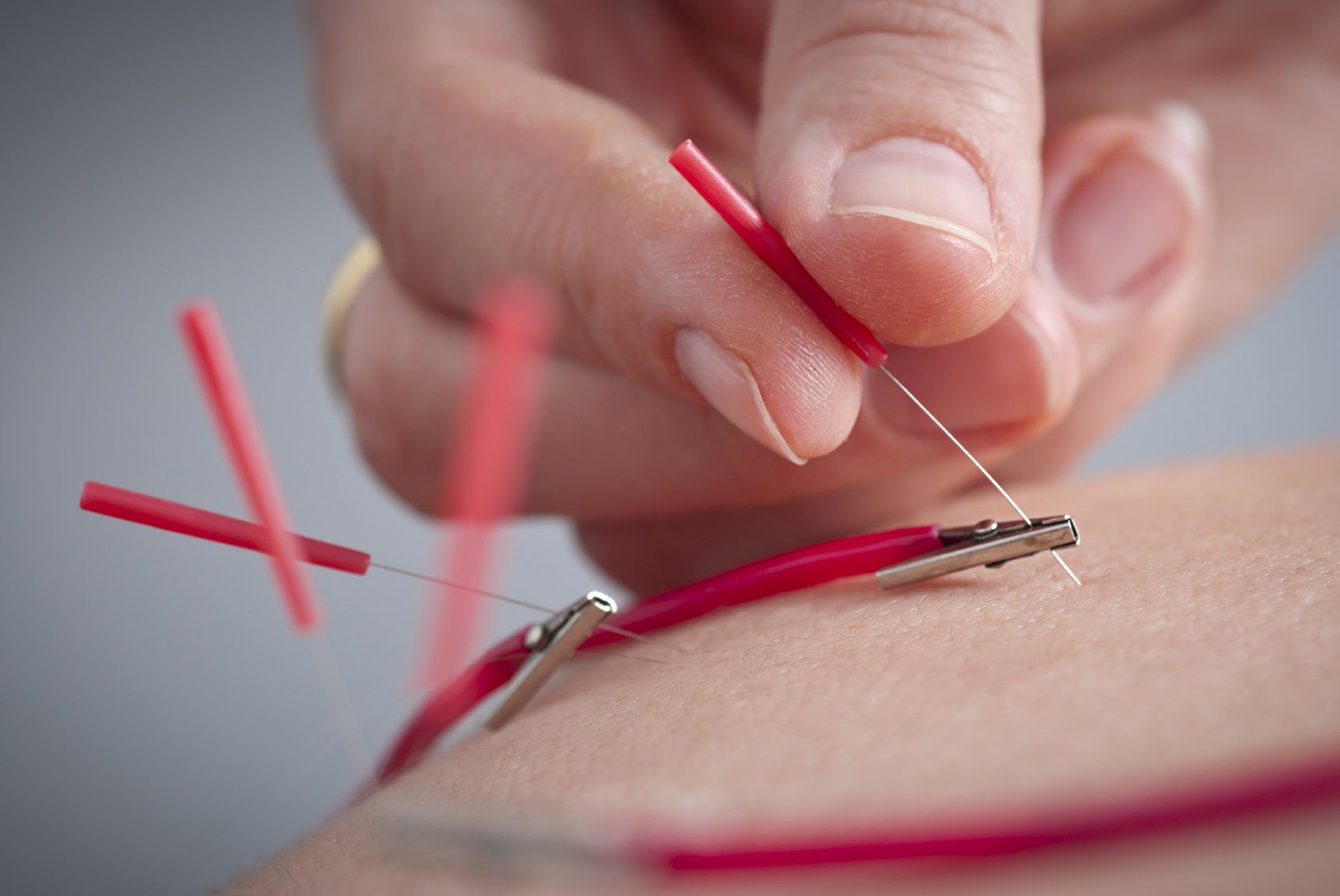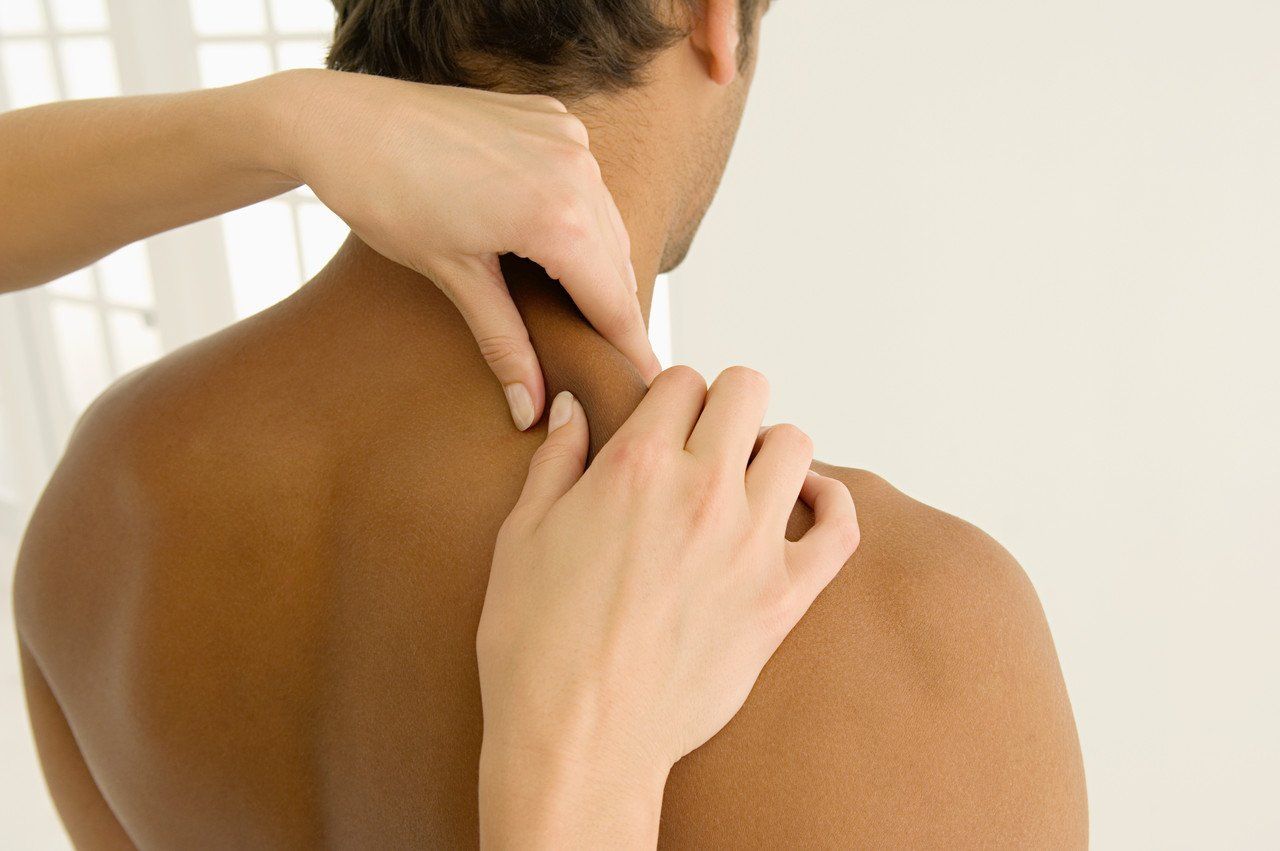
What is Massage Therapy?
Massage Therapy Scope of Practice
"The practice of Massage Therapy is the assessment of the soft tissue and joints of the body and the treatment and prevention of physical dysfunction and pain of the soft tissue and joints by manipulation to develop, maintain, rehabilitate, or augment physical function, or relieve pain.
Massage Therapy Act, 1991
A Massage Therapist (MT) also known as a Registered Massage Therapist (RMT) is a regulated health profession. Only individuals who have met the standard and are registered with the College of Massage Therapists of Ontario (CMTO) are allowed to use the designations of MT or RMT.
Massage Therapists have completed 2-3 years of training at a Massage Therapy school and meet the required competency standards outlined by the CMTO.
Areas of study that must be completed include massage theory, anatomy, physiology, pathology, kinesiology, hydrotherapy, and remedial exercise that is relevant to Massage Therapy treatment.
Massage Therapists are required to participate in continuing education even after being registered with the CMTO, this is a part of the quality assurance program.
Continuing education can be taking extra training in certain techniques, research on particular conditions, reading, or discussing case studies with colleagues.

What is Dynamic Tape?
Dynamic Tape is a unique, strongly elastic tape developed by an Australian Musculoskeletal Physiotherapist which is used in the treatment of many sporting, musculoskeletal and neurological conditions.
The tape allows the individual to still have full available range and movement of the muscle or joint it is supporting. It is comfortable and soft to touch.
Dynamic tape is capable of four way stretch which means it is highly elastic unlike other athletic tapes and thus has no endpoint.
The benefit of having four way stretch is it allows for complex movements in all planes. The tape assists and resists movement depending on the intent and application method.
Dynamic Tape is the original Biomechanical Tape & original Tattoo Tape featuring the beautiful tribal tattoo design created by Norfolk Island and Tahitian artist, Tihoti.
Dynamic Tape allows the wearer to move through full range of motion without limitation but with strong biomechanical assistance (as opposed to a primary neurophysiological approach). Dynamic Tape can strongly assist or resist movement, facilitate or inhibit and offload tissue through full range of motion. This is only possible due to the highly elastic nature (no endpoint like kinesiotapes) and four way stretch necessary when taping multi joint muscles or movements and performing complex, three-dimensional skills.
Dynamic Taping can quickly be integrated into the clinician's treatment approach and provides an additional treatment tool which combines well with other taping methods.
Dynamic Tape is extremely soft to touch and is highly conformable. It has a strong adhesive which has been independently tested and rated as non-sensitizing, non-irritating and non-toxic. The fabric is highly breathable, allowing water in to wash the skin but dries quickly. The result is a well tolerated, long lasting tape that is quite possibly the most comfortable athletic tape on the market.
In many cases the tape is applied in such a way that it mimics the action of the injured muscle or tendon. The tape is placed on the body with the muscle or joint in the shortened position and with stretch on the tape. As the muscle or joint lengthens, the tape is stretched further and thereby absorbs load just as a bungee cord decelerates the jumper, absorbing load. This reduces the eccentric work of the muscles.
Once full range is reached, the absorbed energy is stored in the form of elastic potential energy. As the muscle or joint begins to shorten, the energy is released back into the biomechanical chain as kinetic energy, thereby assisting the concentric action of the muscle. This results in decreased workload and improved biomechanical efficiency of the musculo-tendinous unit, decreased metabolic demand and improved tolerance to fatigue.
Reducing load may result in less pain, better healing (can load sooner resulting in functional stress and better scar formation), improved endurance and performance. Dramatic improvements in circulation and lymphatics have also been observed. There are a number of mechanical and physiological mechanisms that are likely to contribute. These are outlined in our free eLearning programs located on the resources page.
Excerpt from www.dynamictape.com

What is Contemporary Acupuncture?
Contemporary Acupuncture is a precise technique in which fine solid needles are inserted into areas of the body that are neurologically relevant to the condition being presented. The needles are stimulated manually or with electricity for the therapeutic purpose of modulating abnormal activity of the nervous, endocrine, and immune systems and their effects on the body.
All needles used during a single treatment are single use sterile needles which will be opened only at the time of treatment. Needles will be disposed of into a biohazard container immediately after use.
What is the main use of Contemporary Acupuncture?
The main use of Contemporary Acupuncture is for the treatment of acute or chronic pain of musculoskeletal dysfunction, and the treatment of symptoms associated with abnormal nervous system functioning.
What are the Therapeutic Goals of Contemporary Acupuncture?
There are three goals with Contemporary Acupuncture:
1. Modify the symptom
2. Decrease or eliminate an adaptive demand (preventative care)
3. Increase adaptive potential (cure and restore homeostasis)

Info Coming soon
Info uploading soon